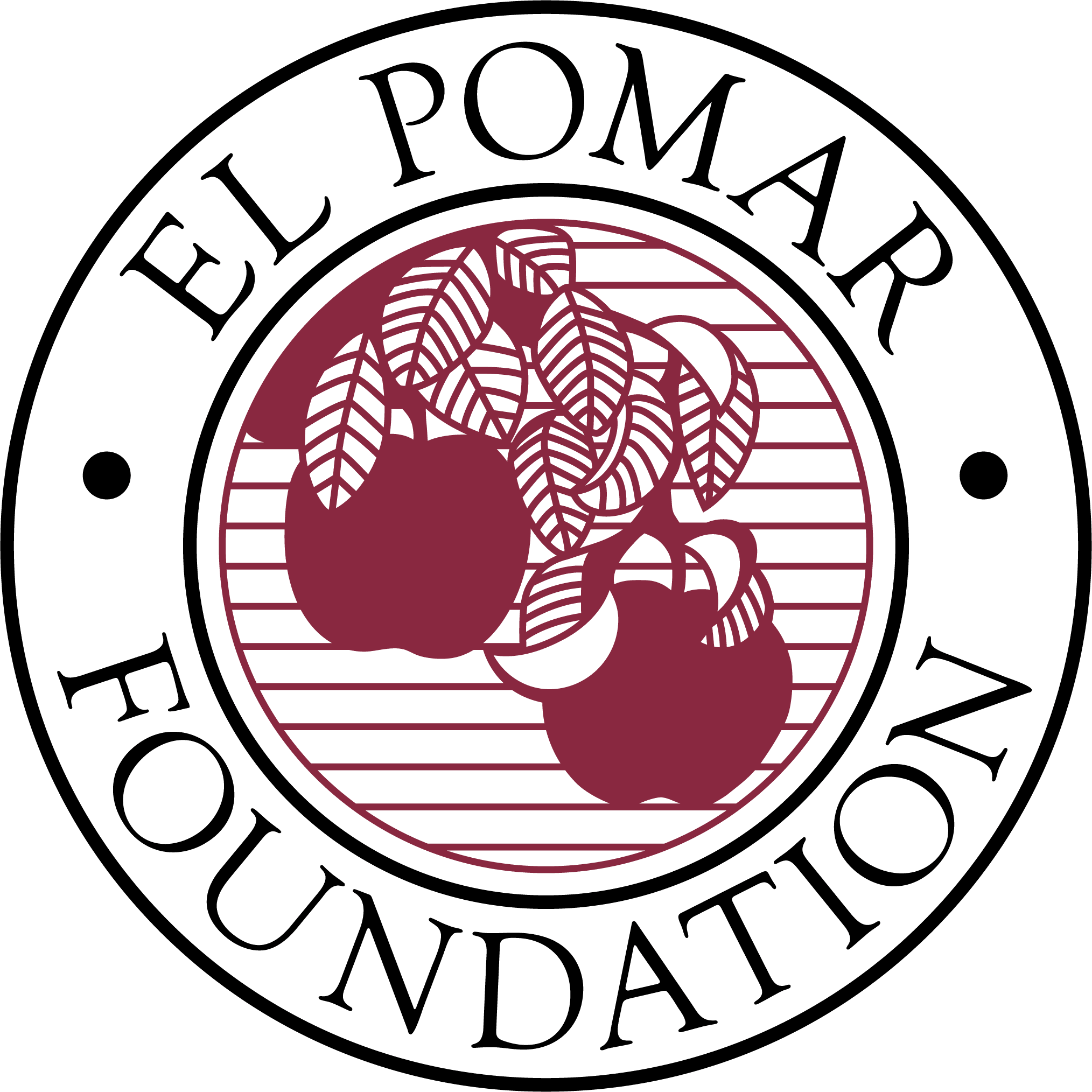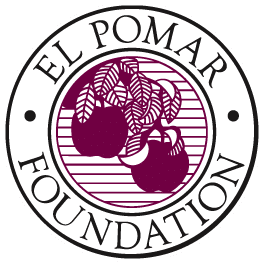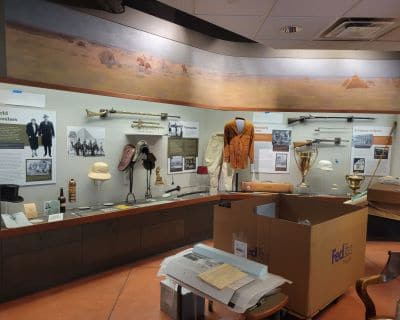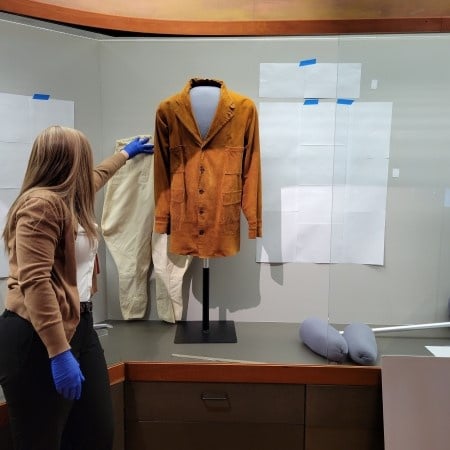Penrose Heritage Museum, one of El Pomar Foundation’s three historic properties, gives visitors the opportunity to learn about the life and times of Spencer and Julie Penrose through their collection of carriages and other personal artifacts. Visitors can also experience the history of the Pikes Peak International Hill Climb, the second oldest, continuously running motorsport event in the U.S., started by Spencer Penrose in 1916.
In celebration of the museum’s 80th anniversary, curator Sarah Woods and I wanted to create a new exhibit. To curate the history of this remarkable couple, we sought to present a cohesive narrative for visitors to glimpse deeper into the personal lives of Spencer and Julie. Here is some insight into our curatorial process and the museum’s newest exhibit.
Step One – Concept and Planning
One goal of the exhibit was to share with visitors never-before-seen objects and never-before-heard stories about Spencer and Julie Penrose by shifting from an object-based approach—learning only about the object on display—to a narrative-based approach which uses objects to tell stories.
We also wanted to explore the history of the museum itself, while making the history of the Penroses relevant to modern-day Colorado Springs. To do this, we settled on the concept of Heritage and sought to answer the question, “What did Colorado Springs inherit from Julie and Spencer Penrose and how does that inheritance impact our lives today?
Through a careful selection of historical narrative, objects, photos, archival materials and video footage, we identified three themes – Travel, Sport and Culture – to share the Heritage of this remarkable couple and the region they loved.
Step Two – Research and Content
To bring the narrative of the Penroses to life, we pored through our archives and used resources from other institutions to identify the stories we wanted to share. We had to be selective because we simply do not have the space to tell the entirety of the couple’s lives. Narrowing down this information into an engaging narrative was perhaps one of the most difficult parts of the curatorial process.
While our intention was to use the objects to tell the stories of the Penroses, we did not want to neglect the details of the objects themselves. We spent months researching every object; researching cultures, religions and trends of the era; consulting specialists and referencing books from the library. Most of the information we uncovered did not make it into the exhibit, but it was important to know everything we could to help us explain how the objects were relevant to the narrative.
Step Three – Design and Installation
Once we had written the narrative, object labels and photo captions, we were ready to design the exhibit’s labels and didactic panels, the visual and information signage from which visitors read and learn. We worked with Flint Hills Design, a custom exhibit design and fabrication firm in Kansas. After so much time coming up with the concept, planning the space and creating content, finally getting an idea of how the finished product might look was one of the most satisfying parts of the process.
Over a period of three and a half months, we worked with Flint Hills Design to determine the best panel sizes and shapes, color schemes and design aesthetics. It took another month for the panels to be printed and shipped to us. We used that time to start preparing the space.
We removed all the previous objects on display and carefully packaged them into archival quality boxes for storage. Our maintenance team helped repaint the walls and build custom mounts, shelves and drawers. Our final step was to mount the didactic panels to the wall.
It took over a year, from step one to step three (with lots of smaller steps in between), to complete the new Heritage Gallery. The end result? People now leave Penrose Heritage Museum with a better understanding of the full impact Spencer and Julie Penrose had in Colorado Springs. It is so exciting to be able to share some things that are entirely new.
Come visit us to see our newest displays, learn about the lives of the Penroses and understand what our community has inherited from this remarkable couple. You can find our hours here.




